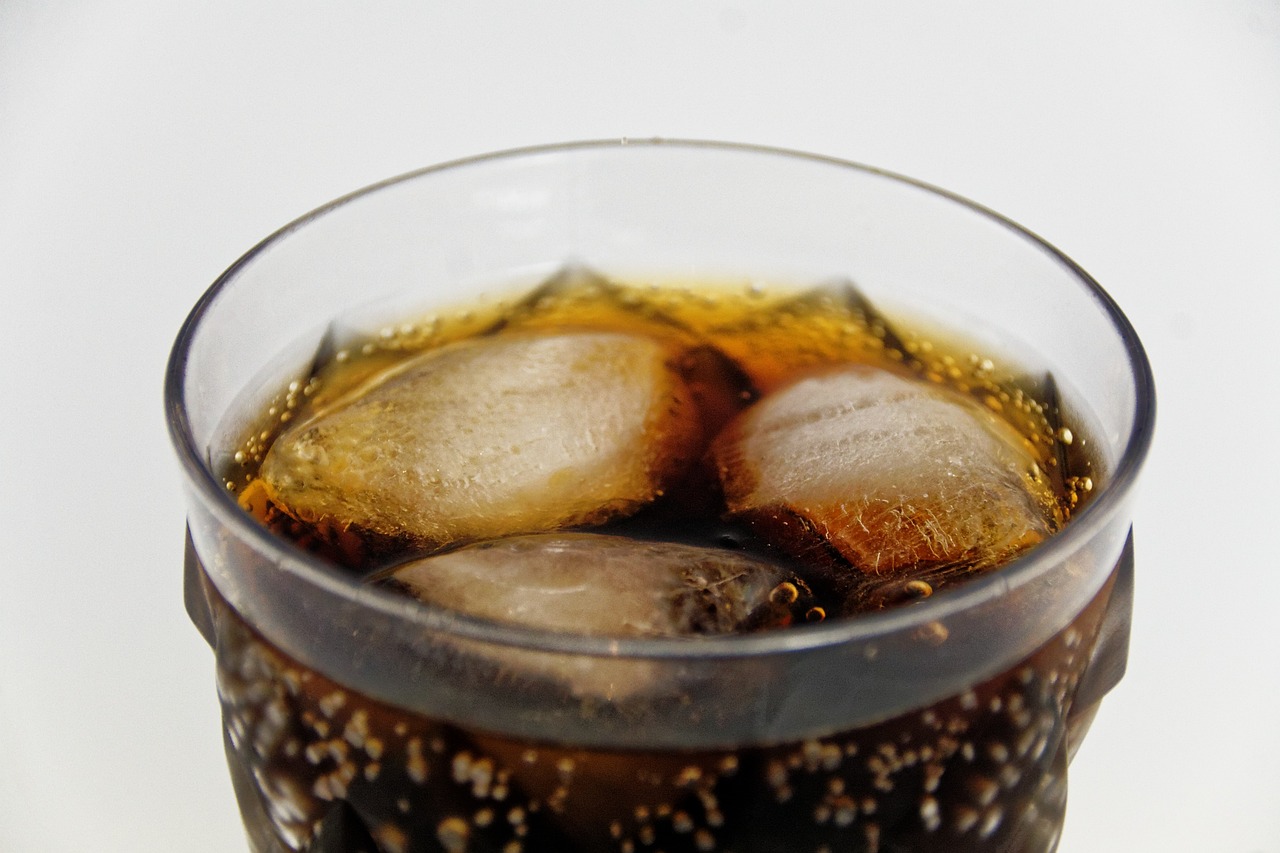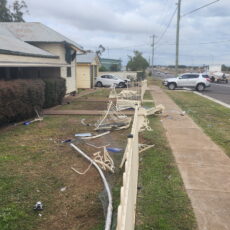Why don’t cold carbonated (fizzy) drinks from the fridge fizz up as much when opened, as warm ones seem to do?
A great question! Carbonated drinks (like soft drinks, mineral and soda waters) fizz and bubble because they contain carbon dioxide gas.
The carbon dioxide gas gets into the soft drink by a process called carbonation where carbon dioxide gas is dissolved into the liquid under pressure.
The gas gets trapped inside the drink when it’s bottled or canned and when you unscrew the lid or pop the tab, the pressure is released and the gas escapes, creating bubbles.
This phenomenon is called equilibrium thermodynamics and is a fancy way of referring to how energy distributes itself evenly so that it can reach a stable, balanced state.
The process is not unlike water when at low temperature, the molecular activity slows until it freezes and as the temperature rises so does the molecular activity until ultimately the water vaporises.
When a soft drink is cold, like when it’s been cooling in the fridge, it can hold onto more carbon dioxide gas compared to when it’s warm.
This is because the solubility of gasses decreases as temperature rises.
When we increase the temperature of the soft drink, we also increase the average kinetic energy (how fast particles move) meaning that the gas molecules have more energy to break away from the forces that are holding it.
These forces are called intermolecular attractions.
When temperatures are low, the kinetic energy is less which means that the gas molecules are more easily kept inside the liquid and at less risk of escaping and causing us a surprise when we unscrew the bottle.
But what about when we pour a carbonated drink into a glass of ice compared to a glass without ice?
Does this have the same effect?
Yes! The ice in the glass tends to help keep more of the fizz at bay because the cold temperature keeps more of the carbon dioxide gas dissolved in the liquid the same way keeping the drink in the fridge would do.
Narrabri-based scientist Dr Bec Thistlethwaite will contribute a fortnightly column to The Courier on the science in our daily lives. Readers are invited to send their science questions in to Dr Bec via [email protected]
To order photos from this page click here










